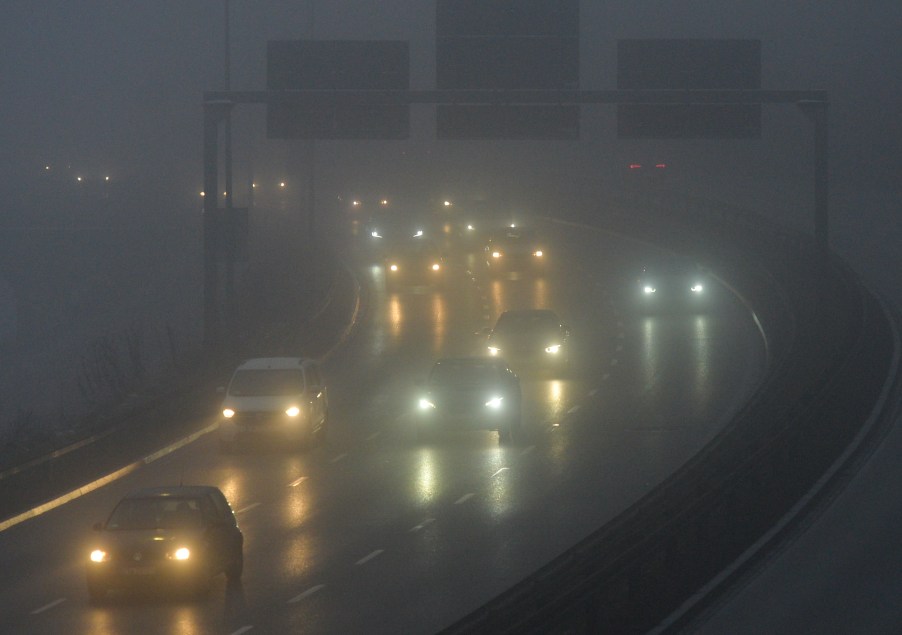
The Worst Car Modification You Can Make Is Also Unsafe
A little MacGyver-esque ingenuity can go a long way, especially when it comes to making modifications or repairs to your car. You might’ve seen a car window covered with plastic or a vehicle sporting red tape on a brake light. But be wary about adopting do-it-yourself strategies for your vehicle. It’s a matter of safety.
Sometimes, cutting corners or implementing your own solutions to automotive repairs can be hazardous. One man, who found himself in the news for having made a terrible car modification decision, may have tried to MacGyver his way out of replacing his car’s headlights. And luckily, no one was hurt by his unsafe decision. But his story is a reminder for every do-it-yourselfer to be mindful of what should and should not be modified.
How one man’s car modification landed him in the news
Sure, some car parts can be expensive. But one man in Washington state might’ve gotten a little carried away with duct tape and a DIY idea. CNN reported that police stopped a motorist who had been driving on I-90 one evening. Washington State Patrol Officer Rick Johnson noticed the man’s headlights looked especially dim. Once the motorist pulled over, police realized he had replaced his car’s headlights with run-of-the-mill junk-drawer flashlights and duct tape.
Why it’s the worst idea of all
Some experts point out that the Washington man’s mistake was the worst in terms of safety. When you normally think of a car’s safety features, you might not immediately assume headlights to be part of that list. But in actuality, a vehicle’s headlights may be the most important safety feature of all, according to the Insurance Institute for Highway Safety. They not only illuminate the path ahead but also make a vehicle’s presence known to other motorists. Headlights’ brightness and effectiveness can significantly affect driver and passenger safety.
Vehicle safety means high-tech headlights
Late-model vehicles provide an ample amount of high-tech illumination. Most have daytime running lights and automatic functions for inclement weather. And there are low- and high-beam lights for navigating in unlit areas.
According to Advance Auto Parts, the three common electric versions of the automobile headlight are halogen, LED, and high-intensity discharge (HID)/xenon. They’re high-tech variations of the more traditional incandescent bulb. Most use a glowing filament, while the HID uses xenon gas, and the LED uses diodes. Regardless of the technology behind the headlamps in your car, the goal is to improve illumination for safer driving.
You can’t life-hack car safety equipment
In today’s life-hack-centric culture, consumers are always looking for cheap and effective solutions to minor inconveniences. But this news story reminds us that we can’t duct-tape our way to safety. The average flashlight produces 100 lumens, according to LightMen. The average HID car headlight cranks out 3,000 lumens, and the LED version is capable of producing 1,600 lumens.
So in the case of the Washington motorist, he was operating well below illumination safety standards. It might be OK to tape up a bumper. But you can’t compromise on replacing a vehicle’s headlight when it burns out or fails. After all, you wouldn’t tape a seat belt together and expect it to protect you in a crash.
There’s no way a flashlight can compare to or compete with even the low-beams of standard vehicle headlights. Though the idea to replace a burnt-out headlamp sounds genius, it really is a dangerous proposition. The Washington man’s news story serves as a reminder to go out and buy the replacement bulbs.


